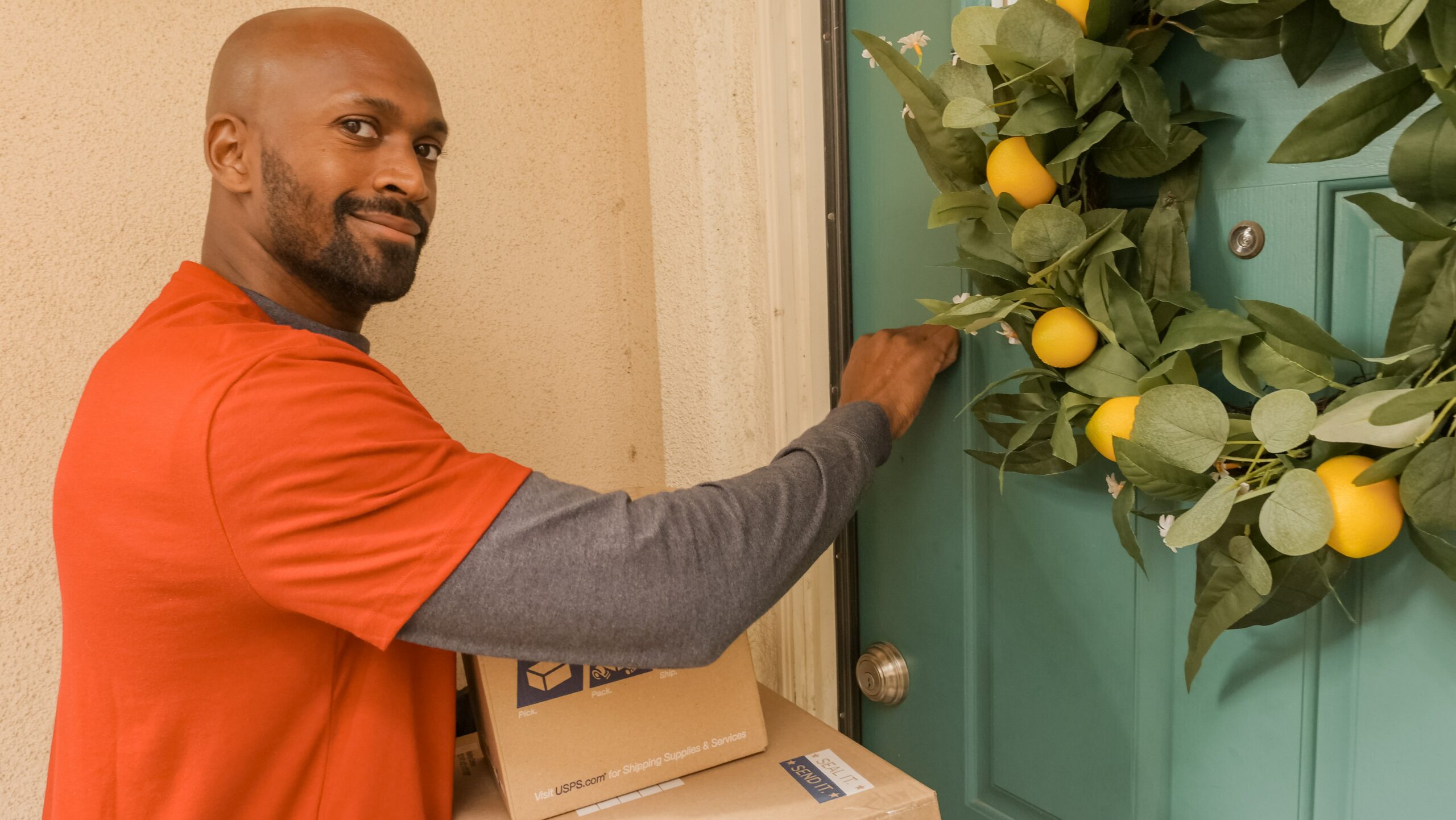Yo, what’s good fam? It’s your boy Joe here and I’m here to share a little personal story with y’all.
So, I was trying to hang a heavy-ass mirror in my living room and I was convinced I had found the perfect spot.
I banged in the nail and…BOOM!
The drywall crumbles and the mirror falls. I was so embarrassed, my roommates still give me shit about it to this day.
But, I learned a valuable lesson that day and that’s how to find a stud in the wall without destroying your drywall or your ego.
And that’s what I’m here to share with y’all today.
Fun Fact: Did y’all know that the word “stud” comes from the Old English word “stod” meaning “post” or “support”?
So, when we talk about finding a stud in the wall, we’re really looking for a support post.
Table of Contents
Step 1: Locate the Electrical Outlets
The first step to finding a stud in the wall is to locate the electrical outlets.
Why?
Well, because studs are typically placed 16 inches on center (meaning the distance between the center of one stud to the center of the next is 16 inches) and electrical outlets are usually placed between the studs.
So, if you find an outlet, you can measure 16 inches to the left and right and voila! You’ve found your studs.
Step 2: Use a Stud Finder
If you don’t have any electrical outlets in the area you’re trying to hang your heavy-ass mirror, then your next best bet is to use a stud finder.
A stud finder is a handy dandy little tool that uses magnets to locate the nails in the studs. Simply run the tool along the wall and when it beeps or the lights flash, you’ve found a stud.
Step 3: Knock, Knock
If you don’t have a stud finder, don’t worry. You can still find a stud in the wall by using the good ol’ fashioned knock method.
Start by knocking on the wall and listening for a solid sound. A stud will make a dull thud, while an empty space will have a hollow sound.
Use a pencil or small tool to mark the spot where you hear a solid sound and then measure 16 inches to the left and right to find the other studs.
Step 4: Measure, Measure, Measure
No matter which method you use, always double check by measuring.
You don’t want to be like me and ruin a perfectly good piece of drywall or your mirror.
Frequently Asked Questions
Q: How do I know if I’ve found a stud?
A: A stud will make a dull thud sound when you knock on it, while an empty space will have a hollow sound. You can also use a stud finder or locate electrical outlets to find studs.
Q: Do studs always run perpendicular to the floor?
A: No, not always. In some older homes, studs may run parallel to the floor. So, it’s always a good idea to double check by measuring and using multiple methods to locate the studs.
Q: Can I drill into the wall without finding a stud first?
A: Sure, you can drill into the wall without finding a stud first, but it’s not recommended. If you don’t hit a stud, the drywall will probably cave in and you’ll have a hole to patch up.
Plus, you’ll probably end up with a crooked picture or mirror. Not cute.
Q: Can I find a stud through tile or flooring?
A: It can be more difficult to locate a stud through tile or flooring, but it’s not impossible. You can try using a stud finder or listening for the solid thud sound.
But, if all else fails, it’s best to just remove a section of the tile or flooring to access the wall and locate the studs.
Knock, Knock: How to Find a Stud in the Wall Like a Pro
Finding a stud in the wall may seem daunting, but with these tips, you’ll be a pro in no time.
Locate electrical outlets, use a stud finder, knock and listen for a solid sound, and always measure to double check.
And remember, don’t be like me and ruin a perfectly good piece of drywall or mirror. Happy hanging!
